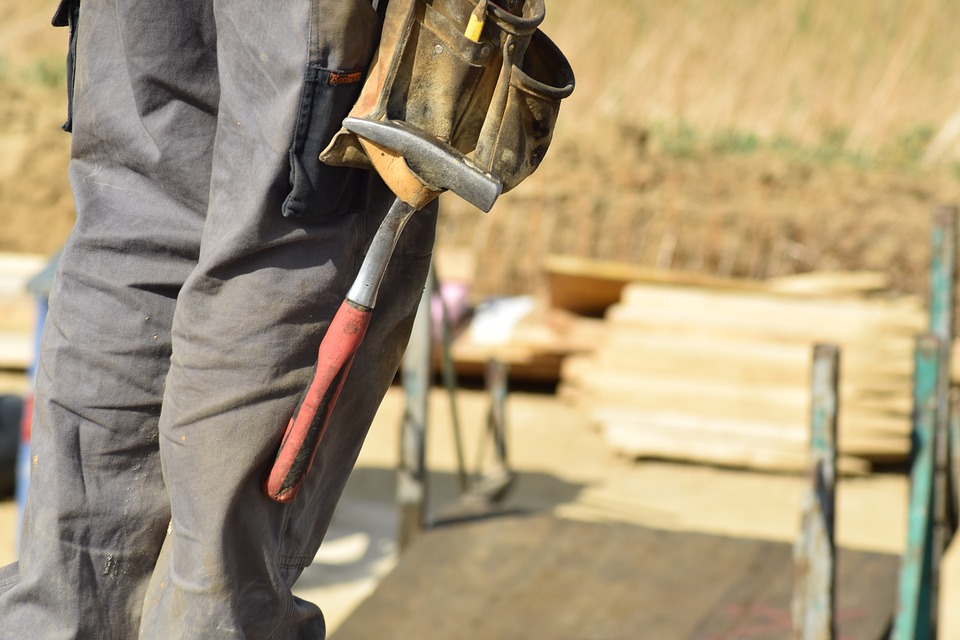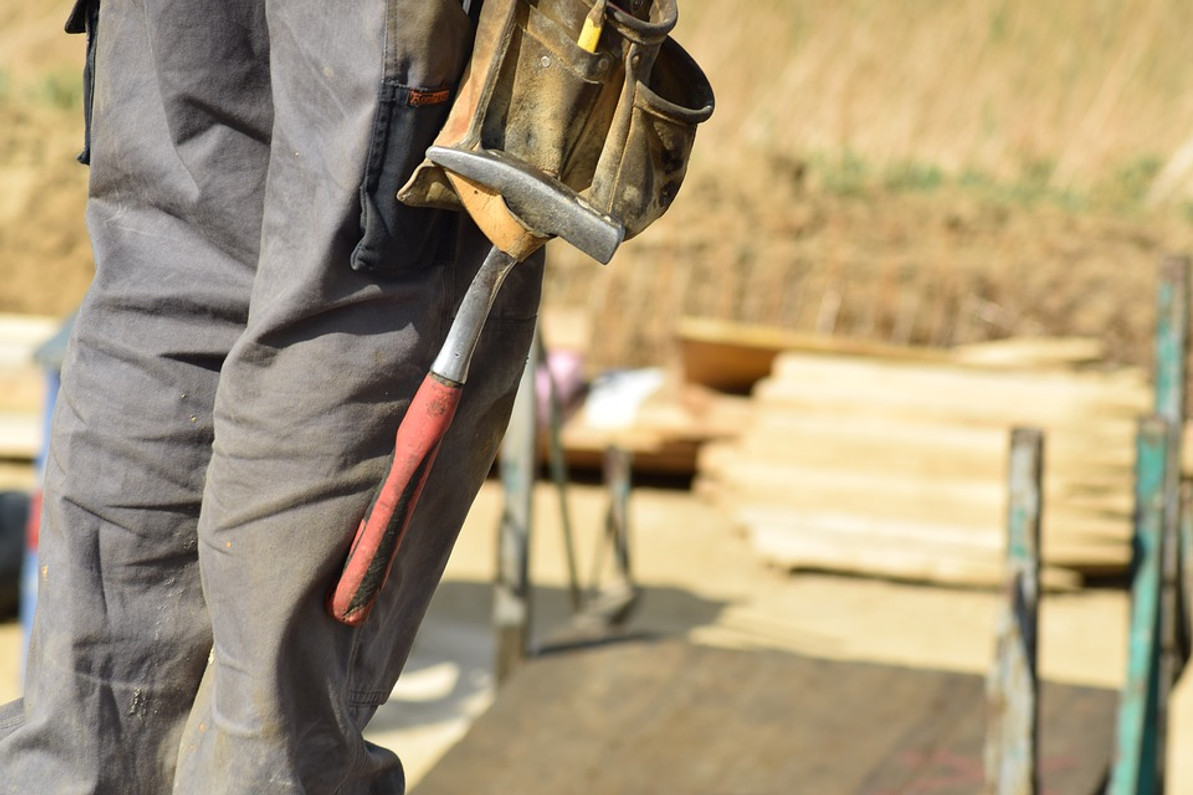Do You Know the Warning Signs of Heat Exhaustion?

With summer right around the corner, there's a growing risk of heat exhaustion for outdoor workers. A serious form of heat illness, heat exhaustion is categorized by a significant loss of water and electrolytes through perspiration. Perspiration is normally good because it allows our bodies to release heat. When sweat perspires through the skin, it releases heat. Too much perspiration, however, can lead to heat illness like heat exhaustion. So, what are the warnings signs of heat exhaustion?
Nausea
Nausea is tell-tale sign of heat exhaustion and other forms of heat illness. Workers suffering from heat exhaustion often report nausea as one of the first symptoms. The loss of electrolytes and water triggers nausea and, in some cases, prompts workers to vomit.
Headache
Another characteristic sign of heat exhaustion is headache. Like nausea, this symptom is triggered from the loss of electrolytes and water. It often begins as a minor throbbing in the front of the heat. But if the worker doesn't replenish his or her lost water and electrolytes, it can lead to severe, pounding migraine. When this occurs, it's important for the worker to cool off and hydrate to protect against further harm.
Dizziness
Dizziness is also a sign of heat exhaustion. During the onset of heat exhaustion, workers often report feeling dizziness. In some cases, it's so severe that it prevents them from performing their job.
How to Prevent Heat Exhaustion
So, as an employer, what steps can you take to protect workers from heat exhaustion? If your workplace is indoors, use air conditioning and fans to create a cooler and more comfortable working environment. Some employers intentionally avoid using the air conditioner to save money. Unfortunately, this places workers at a greater risk of heat exhaustion. Saving a few bucks on your electric bill isn't worth the risk, so use air conditioning when indoors.
When working outdoors, try to schedule projects for the morning or late afternoon. 3 p.m. to 5 p.m. is typically the hottest of time, and forcing workers to stay outdoors during this time can lead to heat illness. Scheduling work around these hours, however, allows them to work in a cooler environment.
You should also provide workers with plenty of water on site. Construction crews, for example, should set up hydration stations around worksites, where workers can pour beverages and hydrate themselves.
As an employer, it's your responsibility to provide workers with a safe working environment. This requires a multi-faceted approach involving the use of personal protective equipment (PPE) as well as keeping workers cool and protected from heat illness.
Recent Posts
-
Fire Safety in the Workplace: What You Need to Know
What steps are you taking to prevent fires in your workplace? According to the U.S. Occupational Saf …Aug 23rd 2023 -
Is It Safe to Go Jogging With a Cold Infection?
If you're suffering from a cold infection, you might be wondering whether it's safe to go jogging. T …Aug 22nd 2023 -
5 Safety Tips to Follow When Using a Powder-Actuated Tool
Powder-actuated tools are commonly used to join materials to steel and concrete. Also known as Hilti …Aug 20th 2023




